Intel is navigating a period of uncertainty following the unexpected departure of former CEO Pat Gelsinger. The company, long a titan in the semiconductor industry, now faces questions about its future direction, including the potential for splitting its operations. At the Barclays investment banking conference, Intel’s interim co-CEOs hinted at the possibility of spinning off its manufacturing division, a move that could reshape the company’s identity.
Intel has already begun reorganizing its manufacturing business into a standalone subsidiary, a move confirmed by Chief Financial Officer David Zinsner. While Zinsner acknowledged that this restructuring is underway, he stopped short of confirming a full separation. “Does it ever fully separate? That’s an open question for another day,” Zinsner remarked during the conference.
Michelle Johnston Holthaus, Intel’s Products CEO, echoed this sentiment, suggesting that while a complete split may not be imminent, it remains a topic for future leadership to address. “Pragmatically, do I think it makes sense that they’re completely separated and there’s no tie? I don’t think so. But someone will decide that,” Holthaus commented.
The decision about whether to divide Intel’s manufacturing and design arms will be pivotal for the company’s future and a significant challenge for whoever steps into the CEO role.
Earlier this year, Intel outsourced the manufacturing of its Lunar Lake laptop chips to Taiwan Semiconductor Manufacturing Company (TSMC). This move, while strategically aimed at addressing production bottlenecks, proved to be a financial misstep. Such setbacks highlight the difficulties Intel faces as it seeks to regain a competitive edge in a market where rivals like TSMC and AMD have consistently outpaced it.
Intel’s struggle to keep its manufacturing in-house has fueled discussions about whether spinning off its foundries is a viable long-term solution. However, the company’s reliance on government funding adds complexity to any potential separation.
Intel’s manufacturing operations benefit from approximately $8 billion in funding under the CHIPS and Science Act, a U.S. initiative aimed at bolstering domestic semiconductor production. The Department of Commerce oversees this funding, and any significant change in Intel’s control or structure would likely be subject to government scrutiny. A spinoff could jeopardize Intel’s access to these funds, complicating its ability to compete with global leaders like TSMC.
If Intel were to fully separate its manufacturing business, it would transition into a design-only company, similar to its competitors. Such a shift would mark a dramatic departure from Intel’s vertically integrated model, which has historically combined chip design and manufacturing under one roof.
Amid these organizational challenges, Intel’s technological roadmap faces its own hurdles. The company’s upcoming “18A” process, slated for release next year, is under intense scrutiny. This advanced manufacturing process is seen as critical to Intel’s efforts to regain technological leadership and compete with TSMC and AMD in the high-performance computing space. However, doubts remain about whether Intel can deliver a flagship PC chip that truly rivals AMD’s offerings.
This year has been particularly challenging for Intel, with setbacks ranging from the financial losses linked to Lunar Lake outsourcing to disappointing 13th and 14th generation desktop CPUs. These struggles have underscored the company’s need for strategic clarity and operational excellence to remain competitive in an industry that demands constant innovation.
The departure of Pat Gelsinger has left Intel at a crossroads. As the company searches for a new CEO, it must address the pressing question of whether to separate its manufacturing and design businesses. While spinning off its foundries could streamline operations and align Intel with industry trends, it also risks undermining the company’s long-standing advantage of in-house manufacturing capabilities.
Moreover, Intel’s reliance on CHIPS Act funding and the oversight it entails could complicate any structural changes. The U.S. government’s focus on bolstering domestic semiconductor manufacturing adds another layer of complexity to Intel’s decision-making process.
Conclusion
Intel’s uncertain future reflects the challenges of competing in a rapidly evolving semiconductor market. The potential spinoff of its manufacturing division underscores the need for the company to adapt its business model to remain competitive. However, such a move would require careful consideration of financial, operational, and regulatory factors.
As Intel prepares for the release of its 18A process and works to recover from recent setbacks, the company’s leadership must make critical decisions that will define its trajectory in the years to come. Whether Intel remains a vertically integrated giant or transitions into a design-only powerhouse, its ability to innovate and execute will be key to reclaiming its position at the forefront of the semiconductor industry.
